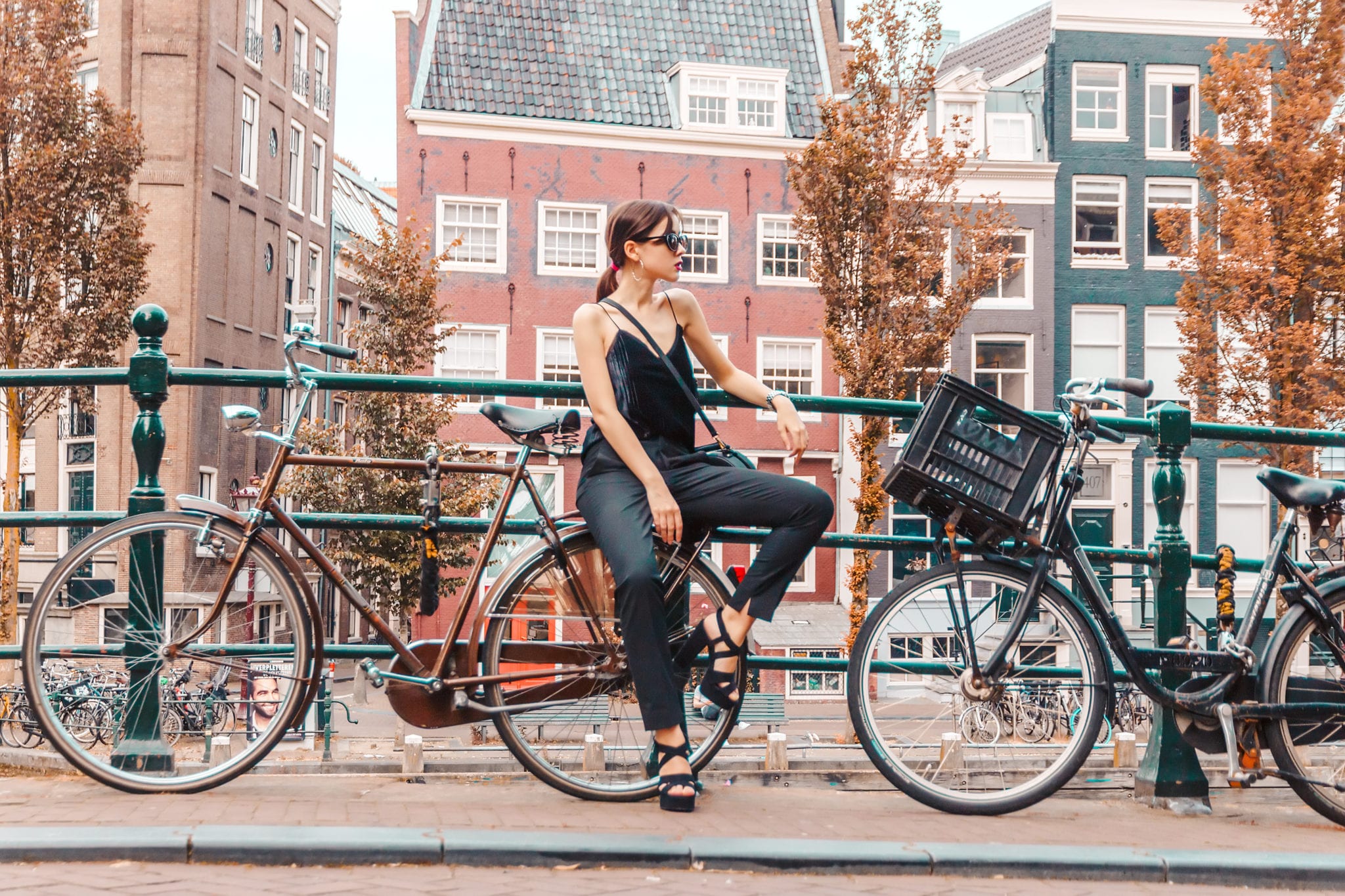Study in Australia
Why study in Australia
Study in Australia – a country that has produced over 2.5 million global graduates and has set exceptional standards for global education. Pursue high-quality & globally recognized qualifications from world-class institutions.
Enhance your career prospects by gaining hands-on industry experience through placements and internships, make connections with global employers, and succeed in the global workforce. Feel welcomed & inspired in some of the most liveable cities that are rich with people from diverse nationalities and cultures from all over the world.
Over 900,000 international students are currently studying in Australia, attracted by the excellent universities, the lifestyle, natural wonders, the thousands of kilometers of pristine beaches, the multicultural environment, and the spectacular beauty of the landscape.
Australian cities are sophisticated and offer amazing nightlife, and a short drive away, the endless Outback stretches into the distance under vast skies and the unfamiliar sounds of the bush and desert.
The massive crocodiles of the Northern Territory and the millions of kangaroos, wallabies, koalas, and kookaburras will soon remind you that you are in a country that is unique on this planet, with its many eco-systems and climates. Australia is a vast and fascinating continent and studying in Australia will prove to be the adventure of a lifetime.
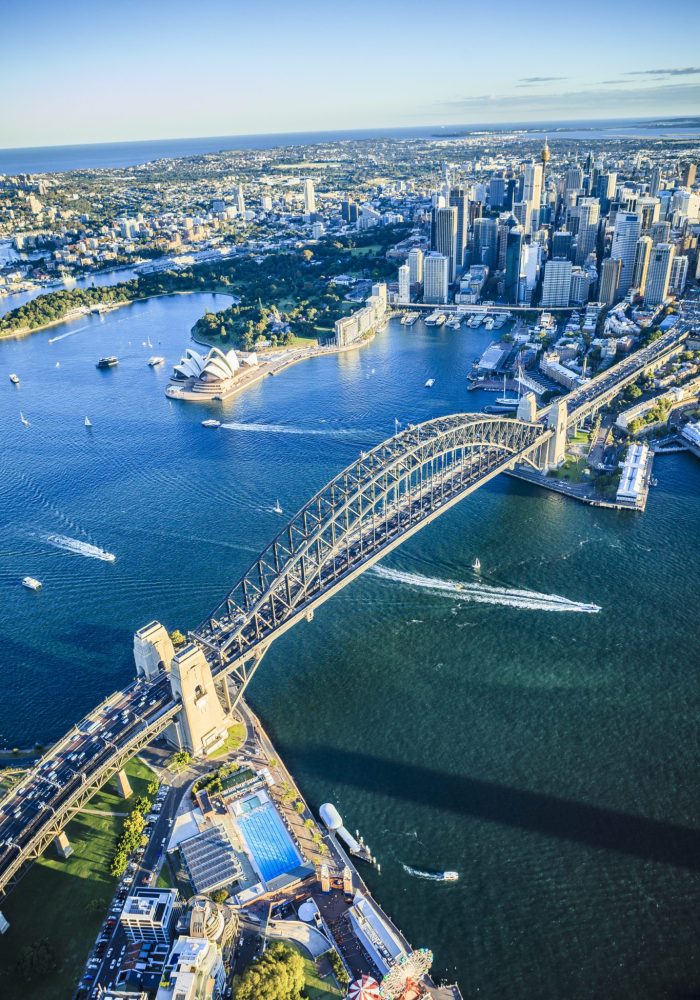

What do I need to know before studying in Australia?


The Australian education system
The Australian education system varies slightly from state to state and territory to territory but, unlike the US, where states’ funding plays a major role in every aspect of education, the Australian government has created a national, centralised system and funding model.
Primary and secondary school:
Runs for seven or eight years, starting at Kindergarten/Preparatory through to Year 6 or 7.
Runs for three or four years, from Years 7 to 10 or 8 to 10.
Runs for two years, Years 11 and 12.
In general, children must start school at the age of six (five in Tasmania) and receive ten years of schooling. However, families who live in remote rural areas are legally permitted to home-school their children-school education is optional but available. Pupils follow the national curriculum which covers eight main subject areas:
- English
- Mathematics
- Science
- The Arts
- Humanities and Social Sciences
- Health and Physical education
- Languages
- Technology
Standards of achievement are set for every year group, and fit within the overall Australian Qualifications Framework.
Study in Australia - Government and non-government schools
The division between government and non-government schools in Australia exists at every level of the education system, with approximately 66 per cent of Australians being taught at public government schools, while the rest attend independent institutions or enroll in the Catholic school system, the second biggest provider in Australia .
Independent schools include the Waldorf-Steiner, Montessori, Islamic, international and grammar schools – which usually charge tuition fees, ranging from 60-1,500 euros a month – whereas government schools are free, although it has been calculated that parents need to pay around 200 euros a year per child for incidental expenses.
Many independent schools have religious affiliations and are run by Christian denominations, including Baptists, Seventh Day Adventists, Lutherans and Greek Orthodox.
The federal government helps to fund non-government schools, while the rest of their budget is supplemented by the states and territories.
Study in Australia: The school year starts in January and finishes in December and uniforms are often mandatory.
Study in Australia: Secondary schools
These can be called colleges, middle schools, junior and senior high schools.
Combined schools offer both primary and secondary education at the same location.
There are many types of government secondary schools:
Open schools, which are self-directed and have close links with the community, and accept all students regardless of their academic achievements
Comprehensive schools
Selective schools, which choose students on the basis of academic merit and normally expect applicants to sit entrance exams
Special schools, which have smaller classes and set out to meet the needs of pupils with disabilities
Specialist schools, these focus on specific subject areas, such as sport, the performing arts, technology, agriculture etc.
Central schools, predominantly government schools located in rural areas which provide primary and secondary education. The majority are found in New South Wales.
Classes in secondary school usually run from 9am to 3pm. Students attending government school can choose from a broad range of subjects , to supplement their compulsory classes, from dance to aeronautics, IT to business administration. When it comes to sports, football, golf, tennis and basketball are very popular subjects, and certain coastal schools even offer lessons in surfing. Private schools may have their own swimming pool, cricket and rugby fields, and golf courses.
Assessments are carried out using scores from homework, projects, oral and written examinations , and at the end of each academic year, students are handed a report card which charts how well they have succeeded in every individual subject.
At the end of year 12, students receive a High School Certificate, or HSC, with a ranking from 1 (the highest score) to 25 (the lowest).Australian universities set their own minimum HSC score in their admissions policies.
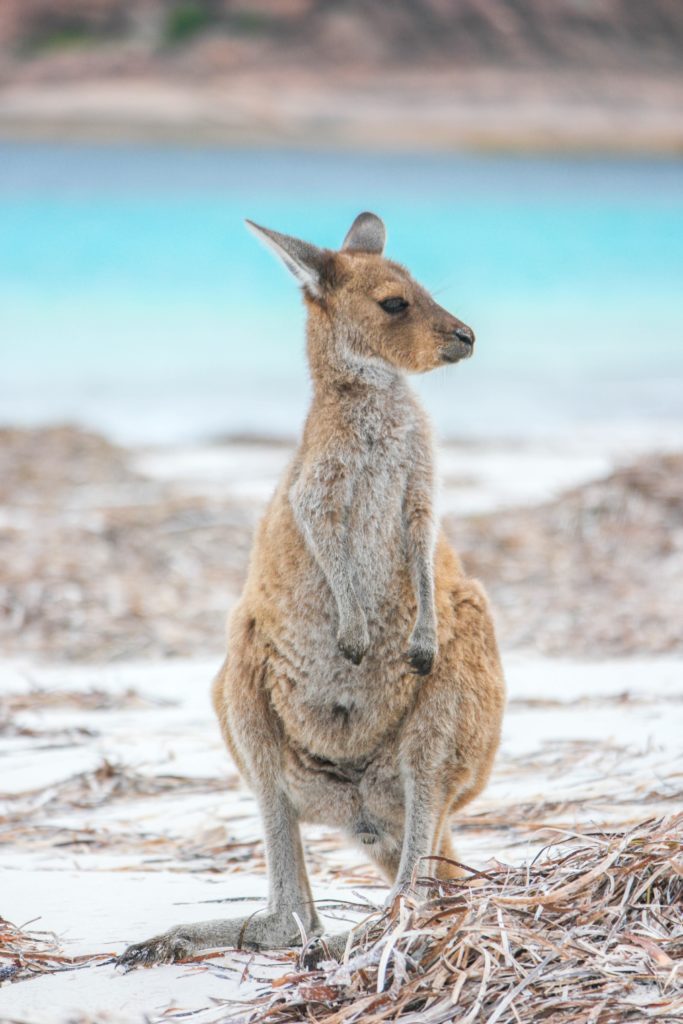

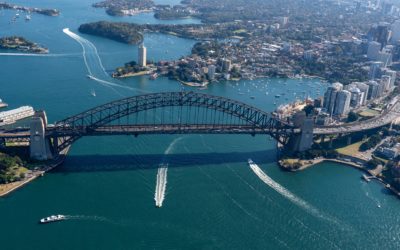



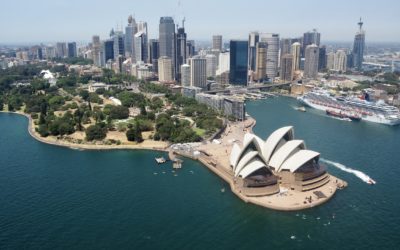















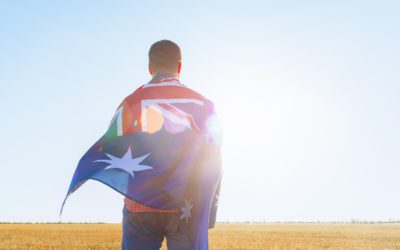



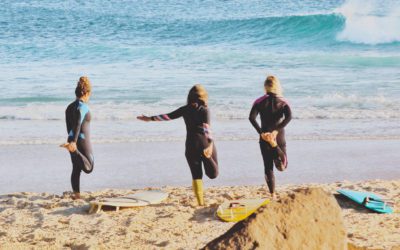



Tertiary education in Australia -universities and Registered Training Organisations
Australia is the third largest provider of education in the world, after the US and UK, and ranks in second place in the UN Education Index. Study in Australia: Higher education is a fast-growing sector and approximately 27 per cent of undergraduates are international students.
There are 40 public universities in Australia, which is the third most popular destination for international students in the English-speaking world.
Study in Australia: Top Universities in Australia
The QS 2021 rankings demonstrate the strengths of the Australian education system and how favourably it compares with other global institutions of higher education. Six Australian universities feature in the Global Top 100.
|
University
|
QS Global Ranking, 2021
|
Acceptance rate
|
|---|---|---|
|
Australian National University, Canberra
|
31
|
36 per cent
|
|
University of Sydney
|
40
|
30 per cent
|
|
University of Melbourne
|
41
|
70 per cent
|
|
University of New South Wales
|
44
|
30 per cent
|
|
University of Queensland, Brisbane
|
46
|
40 per cent
|
|
Monash University, Melbourne
|
55
|
40 per cent
|
|
University of Western Australia, Perth
|
92
|
38 per cent
|
|
University of Adelaide
|
106
|
75 per cent
|
|
University of Technology, Sydney
|
133
|
19 per cent
|
|
University of Wollongong
|
196
|
30 per cent
|
If you want to study in Australia you need to know that Australian universities currently offer over three thousand courses, with Bachelor’s degrees taking three years to complete (four if you want to do an honours degree) and Master’s degrees taking one to two years.
Study in Australia Master’s courses can be either research-led or taught. The approach to education is a blend of theory and practise, with the majority of universities offering cutting edge technology and laboratories, and rich resources.
Study in Australia – where?
The most popular student city in Australia is without a doubt Melbourne, according to QS Best Student Cities, 2022, with Sydney and Brisbane also featuring in the top 30 and Adelaide, Perth and Canberra coming in the top 40.
Each city has a different ambience and vibe, so you may be well advised to consider precisely where you would like to make your home for the next few years, since once this decision is made, finding a course will not be difficult.
Study in Australia - students cities
Australian students cities – Canberra
If you’re thinking about studying in Australia consider Canberra – situated in Bruce, Canberra, the Australian National University has an urban campus spread over 1.2 square kilometres and a number of research centres which look at mainstream issues, such as nursing and midwifery, as well as the intriguing Invasive Animals Cooperative Research Centre.
Canberra is surrounded by mountains, farmland, forests and nature reserves and scores highly for sustainability, with plastic bags being effectively banned and excellent air quality.
The city has been voted best place to live in Australia for three years in a row and has one of the lowest crime rates on the continent.
Rental accommodation is 50 per cent lower than the prices charged in Sydney and Melbourne.
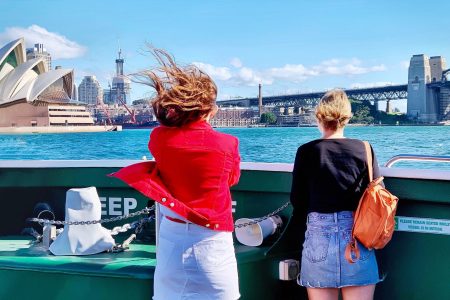

Why study in Australia?
Top universities, incredible nature, vibrant cities, and several oceans are just some of the reasons why many international students choose Australia to study.
Australian students cities – Brisbane
Consider Brisbane as your city to study in Australia – the capital of Queensland, is in Australia’s Sunshine State and enjoys 300+ days of sun a year, as well as a wonderful climate. Brisbane is the third largest city in Australia with a population of over 2.25 million, and has the reputation of being welcoming to international students, by organising the City Welcome Festival. This part-festival part-orientation day gives students the opportunity to meet other new arrivals, while enjoying food and music put on by the city. Theatre, art, museums and film are in plentiful supply here and more adventurous students might want to take trips to the nearby islands, rainforest, waterfalls and beaches and take advantage of Brisbane’s outdoor lifestyle. Brisbane has a foodie culture and a great nightlife scene, and prizes its multicultural environment and the fact that it can offer students many part-time job opportunities within its thriving economy.


Is Brisbane a good student city?
Brisbane is considered as the most inclusive study destination in Australia. It welcomes students from all over the world and is known as a welcoming and safe place to live.
Australian students cities – Adelaide
Study in Australia – Adelaide – The City of Churches is also an incredibly green city, with parks, its famous botanical gardens, bush and beaches a stone’s throw away.
Somewhat quieter and more restrained in terms of entertainment and leisure pursuits, Adelaide has its own charm and is considered the food and wine capital of the country, producing over half the wine sold on the domestic and international market.
Renowned for its festivals, Adelaide is not as busy or frantic as Sydney or Brisbane, but still has a great deal to offer, and is visually and architecturally attractive and appealing.
Study in Australia – Perth
Situated on the Indian Ocean with 19 famous and pristine beaches, Perth is the cultural heart of Western Australia, and offers a multicultural environment reflected in its many entertainment options, its food, festivals and relaxed lifestyle.
Perth has a Mediterranean climate, with mild winters and hot summers, and you will have the opportunity to go fishing, snorkelling and surfing in your spare time.
Perth is an affordable city and Western Australia as a whole has a fast-growing economy, so you will have few problems finding part-time work while you are studying.


Perth - Known as the 'Education City' of Australia
Perth has gained global recognition for its thriving economy, reputed universities, low unemployment rate and State-Nomination Migration Programs. As one of the major study abroad destinations, every year more than 35,000 international students come to Perth to study.
Studying in Sydney
Manly and Bondi beach are known the world over for their crowds, events and attractions. But Sydney is more than beaches, it is a cosmopolitan, lively city which celebrates it international atmosphere and organises festivals to showcase its Brazilian, Egyptian, Indian, Armenian, Japanese and Greek communities. Sydney rocks – during the day and at night. Its Opera House and Harbour Bridge have been photographed millions of time and we are all familiar with the outline of the nearby Blue Mountains, Chinatown and cultural offerings, from the Museum of Contemporary Art – the only one of its kind in Australia –and the many stunning religious buildings scattered throughout this city of 4.6 million.
There is so much to do in Sydney.
Active students can go hiking, walking and exploring, less active souls can swim, sip coffee in a harbour café and browse the many restaurants, open air markets and shops which have made Sydney such a diverse and livable place.
Of course, the downside is the cost of accommodation, which can be expensive if you insist on living in the centre, so consider sharing and living slightly further away – since the transport system is excellent.
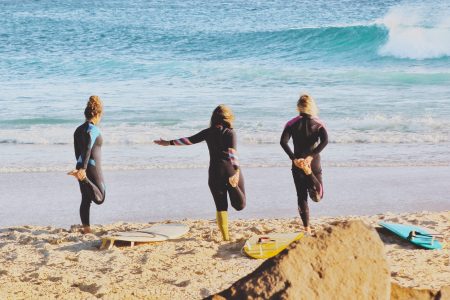

Is Sydney good for international students?
According to Economist Intelligence Unit (EIU), Sydney has been listed among the top most livable cities in the world. International students can enjoy a high-quality life while studying and working in the city.
Student Cities Australia – Wollongong
Study in Australia in Wollongong – Situated 80 kilometres south of Sydney, close to the beach, Wollongong is the third largest city in New South Wales and part of New South Wales’ Illawarra region. Surrounded by woods with amazing views of the Pacific ocean, the name is said to mean “the sound of the sea” or “five clouds” in the Aboriginal language.
Whales often cruise up and down the coastline and the cliff faces attract hang glider fans , while the lighthouses warn travellers of potential troubled waters which have claimed many shipwrecks in the past. Skydiving is another popular option, while less adventurous and foolhardy students can picnic in the open grounds of the botanic gardens or the university’s beautifully curated own gardens, explore rock pools or visit the Science Centre and Planetarium and watch a laser show.


Is Wollongong a good place to study?
Wollongong provides an excellent environment for study and living. The natural surroundings, temperate climate and small population make it an easy place to live. At the same time, it is well connected to a major city and has high educational standards.
Student Cities Australia – Why Should I Study in Melbourne?
Study in Melbourne – has been described as the world’s most livable city seven times, and is the capital of the state of Victoria, with a population of around five million. Home to the Melbourne Cricket Club, Melbourne was the inspiration for Aussie Rules, Australian Impressionism, and Australian cinema, and holds the Open, the Australian Grand Prix, and a huge Fringe Festival. Plazas, bars, and restaurants line the Yarra River, while winding lanes snake through the architecturally well-preserved streets with their Victorian airs, and trams rumble past people on their way to popular St Kilda beach and its promenade.
Boutiques and vibrant street art reflect the cool, trendy reputation which distinguishes Melbourne from other Australian cities, while nature-lovers can take trips to Phillip Island and watch the penguins waddling home in the evening or sample the many wines produced in the lush Yarra Valley.
Study in Melbourne – Melbourne has something for everyone and is home to some of Australia’s best universities.
How to apply to a university in Australia:
If you want to study in Australia you need to understand that unlike the UK , the US, and most countries in Europe, Australia does not have a centralised university application hub, so you will have to get in touch with each individual institution through their website and either download and post back their application form, or do it online.
Certain states limit the number of universities you can apply to in one academic year, so make sure you read the websites carefully before you start filling in your forms.
When applying to study in Australia you may be asked for one or more of the following, in addition to completing the application form, depending on the university you have chosen:
- To complete a questionnaire
- To send in a portfolio
- To audition
- To participate in an interview online
- To sit an entrance test
Australian Study Document Checklist
- Proof of funds – this could be your or your parents’ bank statements, savings etc.
- Official certified translation of your school diploma
- Transcripts of your grades
- Proof of English language proficiency, for example your IELTS exam score
- A copy of your passport
- Health insurance documentation
Documents Required for studying in Australia - what next?
Once you have submitted the paperwork and documentation for studying in Australia, and paid the nominal fee, you will probably have to wait a month or so for a reply.
Australian universities work on a first come, first served basis and whether or not courses have limited places or large cohorts. For example, Health Sciences fills up more quickly than business courses.
Each university website will spell out its deadlines so make sure that you check this out carefully.
The wide discrepancies stem from the fact that some courses have different admission cycles. The application window can close any time between October and December, so the sooner you apply, the better – and remember you cannot even start the process of getting your student visa until you have received and accepted your offer and been sent a Certificate of Enrollment.
As a rule of thumb, 15 December is the deadline for students who wish to be part of the February intake, and applications for the July intake close in May for international students.
Once you are offered a place, you usually have to accept within a 10-day window.
Check the conditions of the offer carefully. You may be required to pay the tuition fees before you receive the CoE, along with an admissions package that universities send out, full of information on your new academic home, its facilities, and resources.
How to Get an Australian Student Visa
If you wish to study in Australia, you will need to apply for a Student (Subclass 500) visa, which is a straightforward process you can do online by creating an ImmiAccount on homeaffairs.gov.au. You can pay for your visa application by credit card through this portal, and it normally takes four weeks to process.
Before you apply for a student visa to study in Australia, you must have the offer of a place at an Australian university – known as the copy of enrolment.
What documents do I need for Australian student visa?
Additional list of documents for student Australian visa:
- Proof of financial support , totalling approximately $20,000 USD a year.
- Overseas Student Health cover.
- Four passport-sized photographs.
- Copy of your passport.
- A statement showing why you are a Genuine Temporary Entry applicant. This should give a synopsis of you education to date and demonstrate family, social or work ties which will ensure you return to your home country.
- A certificate of English proficiency - IELTS,CAE etc. – with a minimum score of 5.5 and 162 respectively.
Once you have filled in the application form for student visa and paid the fee ,you may find yourself being asked for extra or supplementary information through your ImmiAccount.
Supplementary information through your ImmiAccount for your visa application:
- Biometric information
- Health or medical documents
- A copy of your criminal record, which demonstrates that you are of good character.
Can I work in Australia as a student?
Students are allowed to work 20 hours a week during term time, and as long as they want during holiday periods. In general, the visa will be issued to cover five years.
Australia’s Temporary Graduate visa (Subclass 485) gives international students who have spent at least two years studying in Australia the opportunity to get temporary permission to work in Australia.
How much does studying in Australia cost?
Tuition fees and course costs for international students in Australia
Tuition fees for a Bachelor’s degree range from 10,000-30,000 euros a year.
Master’s degree will cost from 13,000-35,000 euros p.a.
In addition, you need to budget somewhere in the area of 1,000 euros a month for accommodation, food, leisure activities, materials, transport , mobile phone and internet and utilities.
Tuition fees are set by each individual university and not central government, and thus vary from one institution to the next.
Fees are based on the number of units you take, and you have to pass 24 units to get a bachelor’s degree.
As is always the case, accommodation takes up the largest percentage of your expenses, and rents in Sydney and Melbourne are higher than in other cities.
The average budget for living in Sydney has been calculated as 30 per cent more expensive than Canberra, Adelaide and Brisbane, which are ranked second, third and fourth most affordable student cities, respectively.
Study in Australia – international students are protected by Australian legislation and that you will find it relatively easy to secure part-time work at the local minimum wage – or above.
This will certainly help you to balance your budget and live quite comfortably in the Land Down Under.


Is it worth studying it in Australia?
A unique country with an outstanding education system, perfect weather, a healthy outdoor lifestyle and landscapes and natural wonders which will make your heart sing, Australia has it all!
If you interested in studying in Australia, get in touch with us, here at Elab, so we can answer any further questions you may have and help you decide where to study on this incredible continent.
Study abroad with Elab – what our applicants are saying about Elab’s help:
What do you think about Elab's help?






